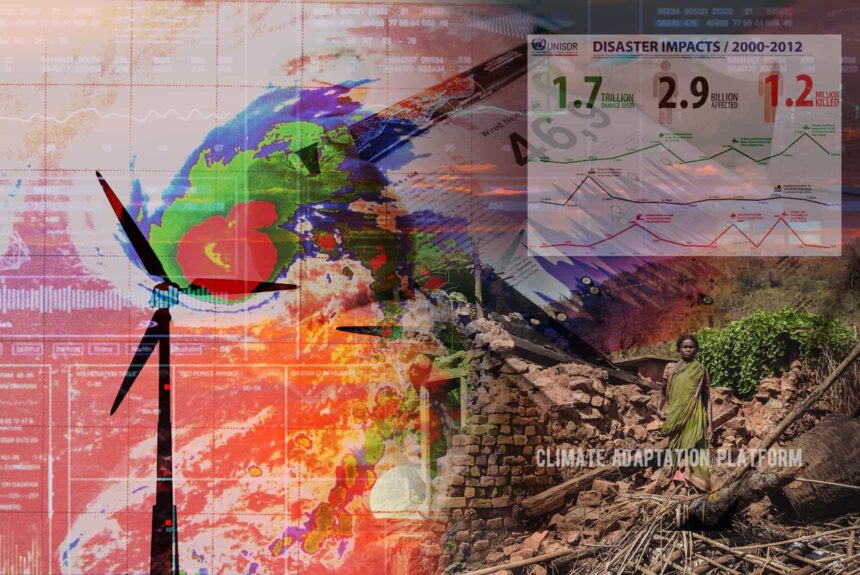Timely and reliable data is essential in making informed decisions and coordinated action for effective disaster and climate change risk reduction, response, and recovery.
Disaster and climate change risks result from hazards, exposure, and vulnerability. A good understanding of the relationship between the three elements will improve the implementation of disaster risk reduction policy, responsiveness, and provision of public services during emergency phases.
The paper “Saving lives with FAIR data: Evidence-based public policies and the impact of data in disaster and climate change risk management” presents the challenges for Findable, Accessible, Interoperable, and Reusable (FAIR) data for decision-making.
The paper identified the following challenges:
- Inconsistent data standards make data sharing difficult for agencies and researchers.
- Data accessibility and centralisation. Data has a crucial role in disaster management and enhancing FAIR principles; however, sometimes, “data tariff” can prevent some researchers from accessing data. Difficulty accessing data hinders critical agencies from using them for hazard exposure and vulnerability.
- Data availability. Disaster and climate change data within national statistical systems are insufficient and collected irregularly. In some cases, loss attribution is not linked to a correct hazard that caused it.
- Lack of partnership between institutions. This happens when institutions operate in silos data is unavailable to assist those outside their organisation.
- Using new resources and technologies like remote sensing and geospatial data can be challenging for institutions due to a lack of training, capacity building, and funding.
- Inconsistent methodologies or differing standards for disaster data are challenging for institutions. Quality management standards like ISO and Open Geospatial Consortium can support interoperability.
- Funding and budget allocation to conduct surveys and collect data remain challenging for some agencies.
Data or evidence can inform and improve the implementation of disaster risk reduction policy, responsiveness, and provision of public services during emergency phases. This, however, requires timely and reliable data and information.
Policy nowadays seeks to implement FAIR principles across data ecosystems. The COVID-19 pandemic is an excellent example of how data FAIRness saved lives.
It is necessary to identify what challenges the government, non-governmental organisations, and policy users face in FAIRness of data.”
The paper highlights the importance of improving data availability in all four phases of the disaster management cycle – mitigation, preparedness, response, and recovery. It says:
“For mitigation, data can help identify actions to reduce or eliminate risk. For preparedness, data can help in monitoring, detection, forecasting and prediction of disasters to provide early warning. In the response phase, damage assessment and post-disaster coordination and response, such as search and rescue operations, can be informed by data. The process to return to a proper level of functioning following a disaster will benefit from the change detection from multi-temporal data.”
To read further, click this link to the paper: Saving lives with FAIR data: Evidence-based public policies and the impact of data in disaster and climate change risk management.



Leave a Reply